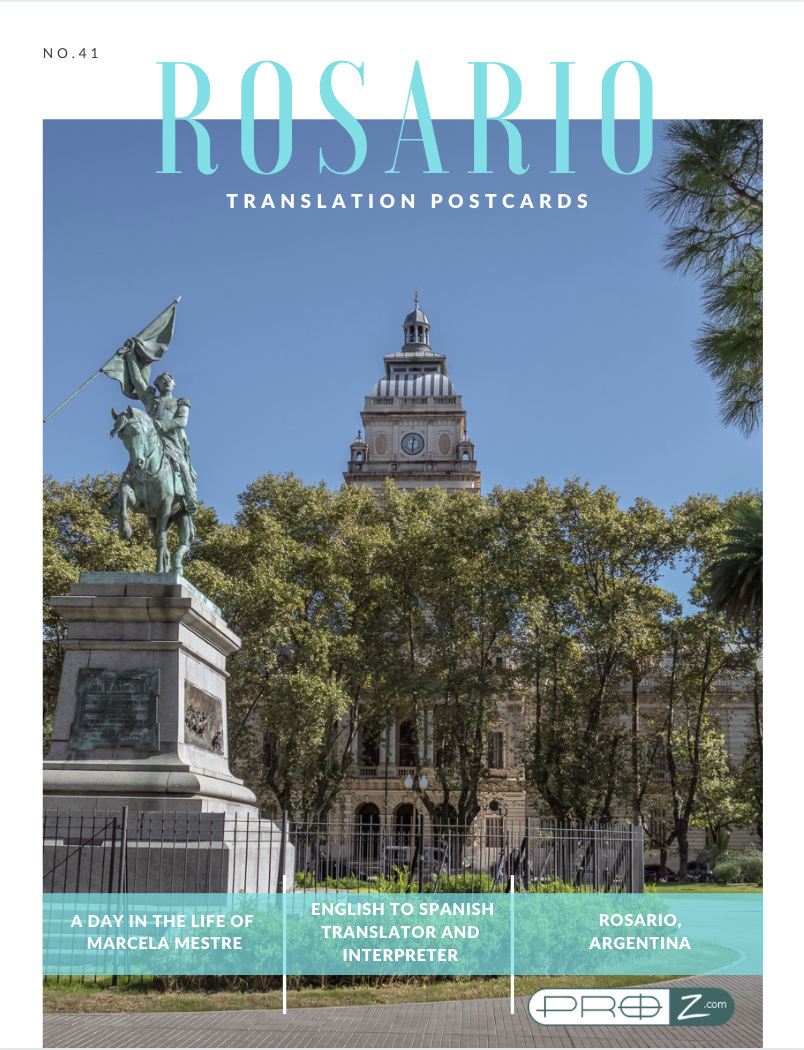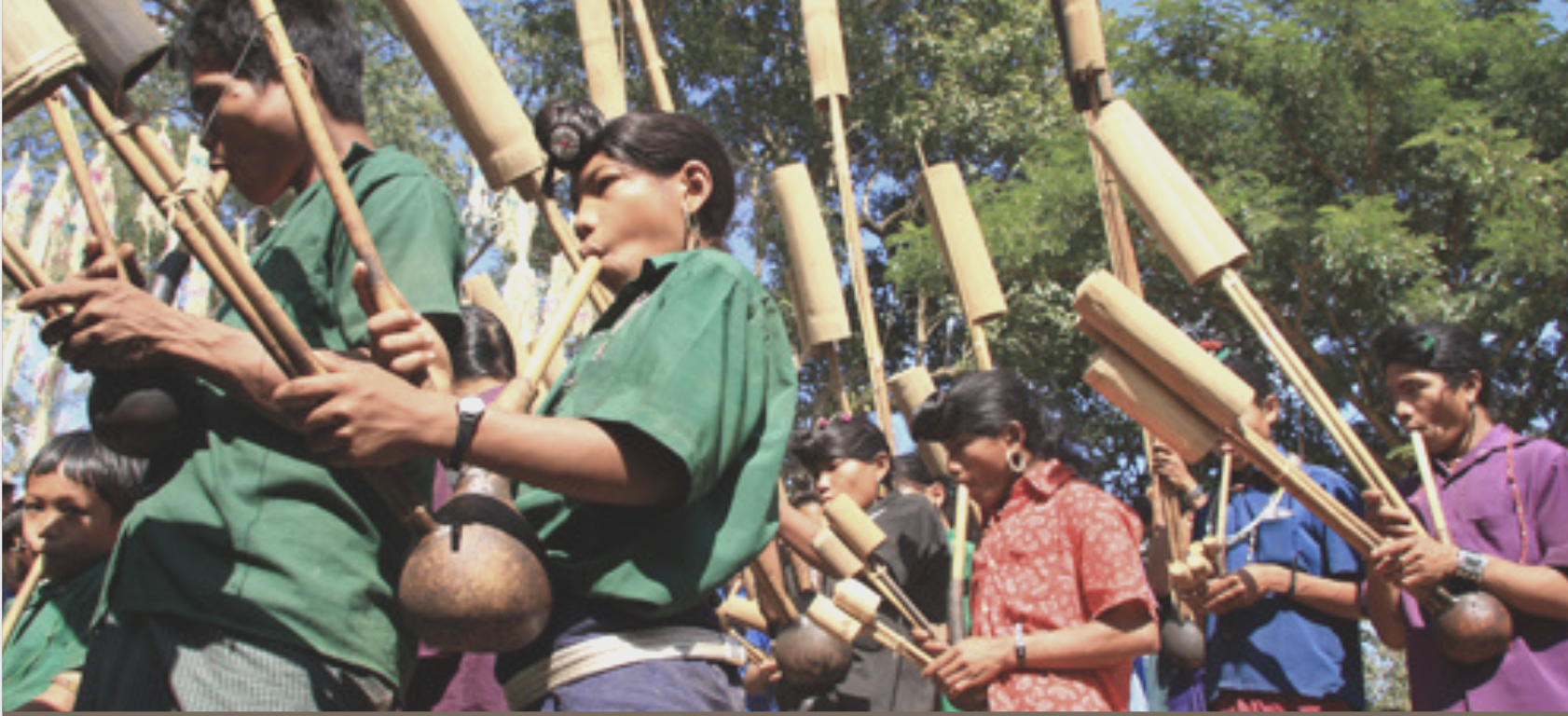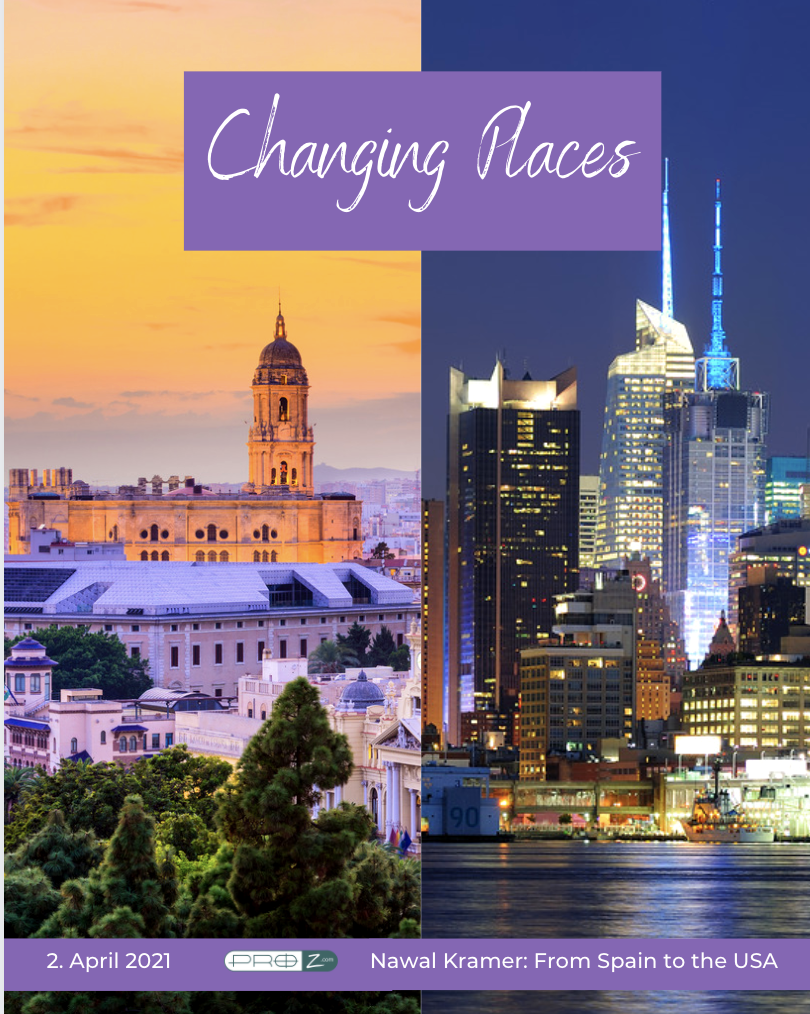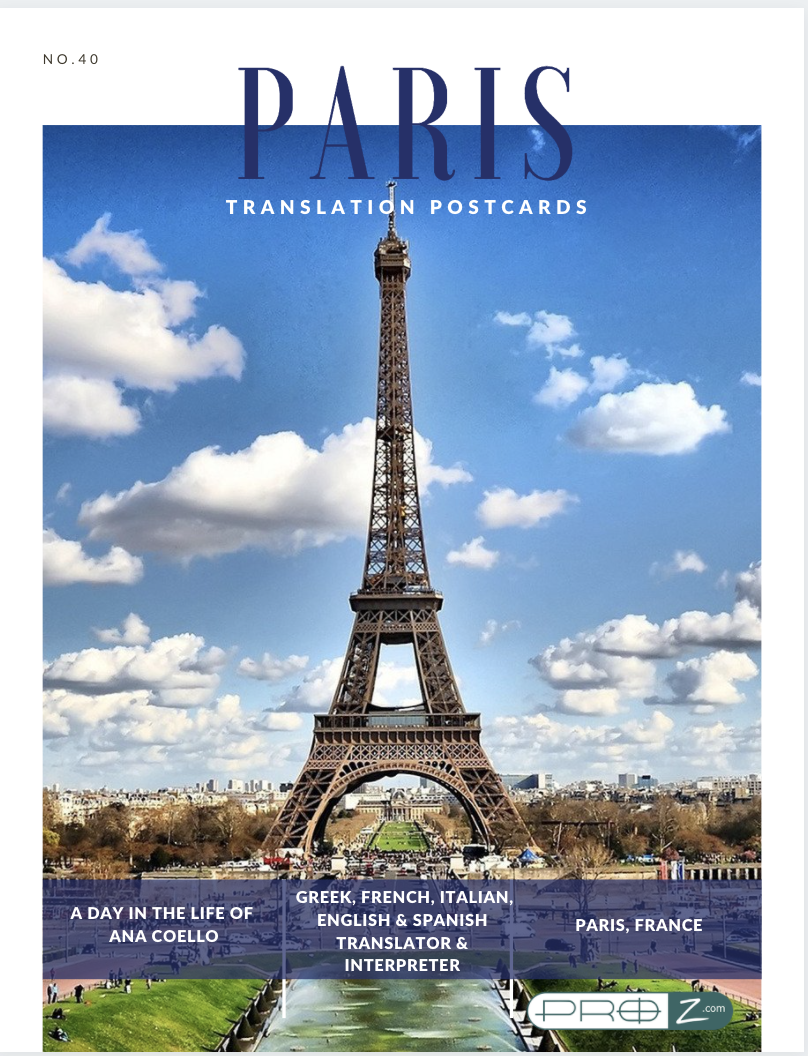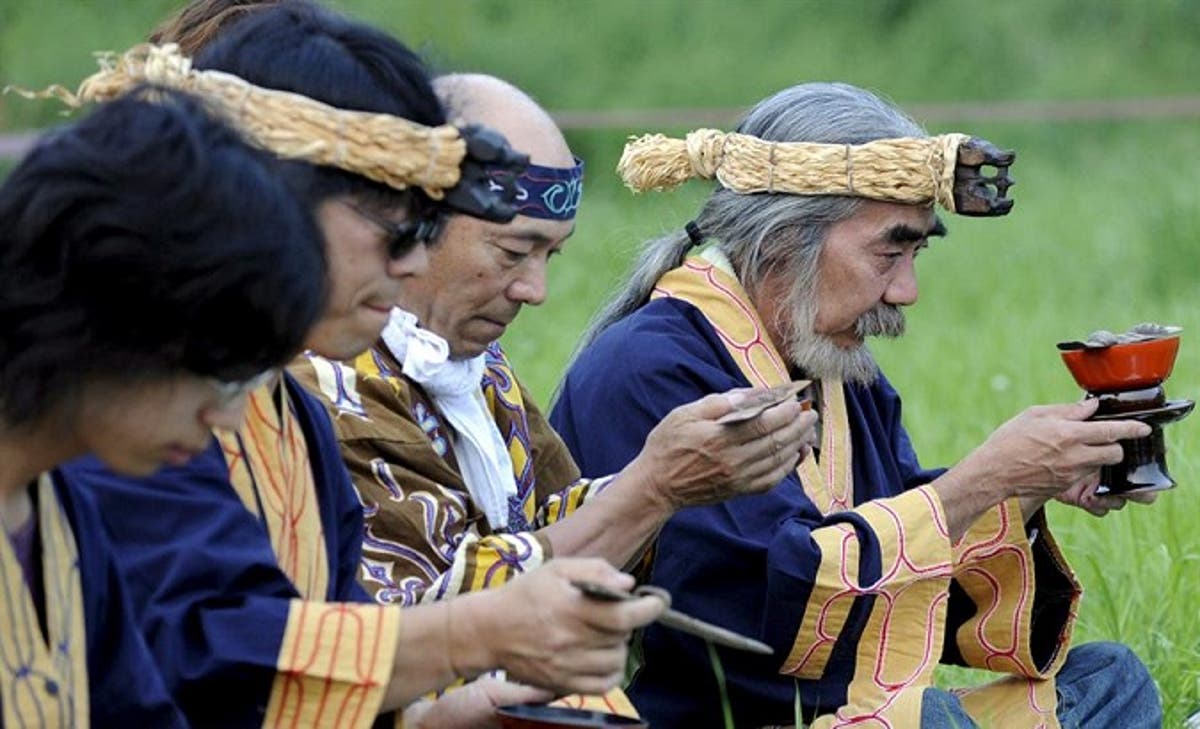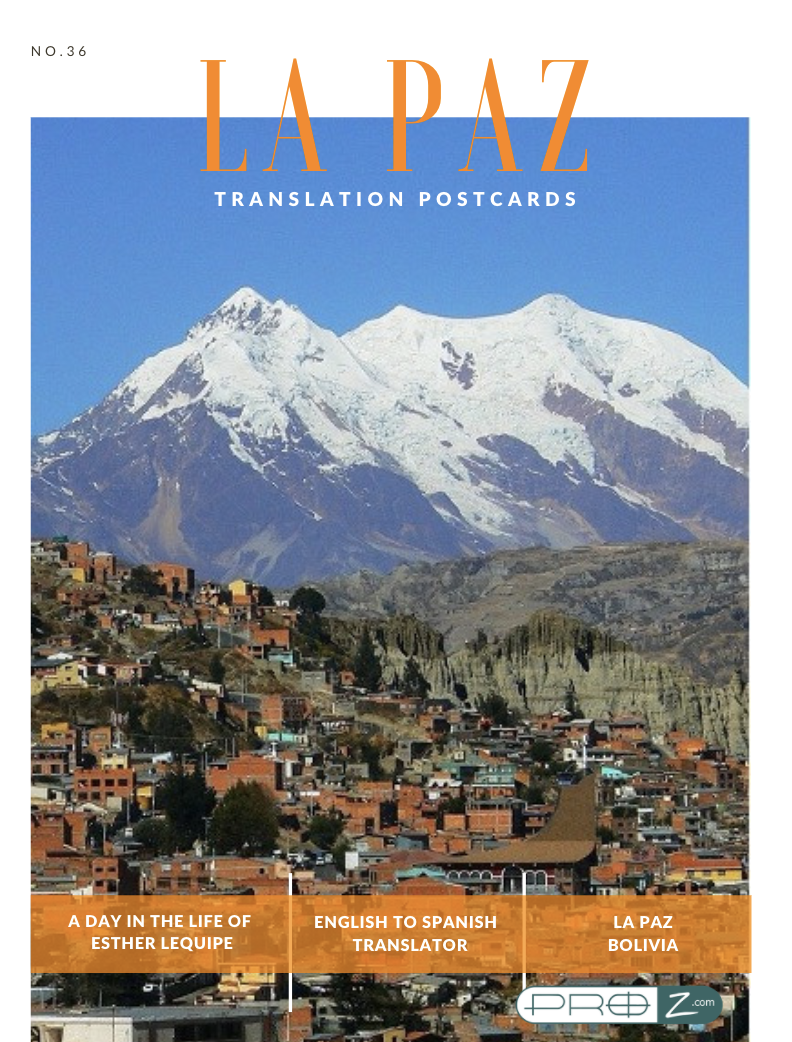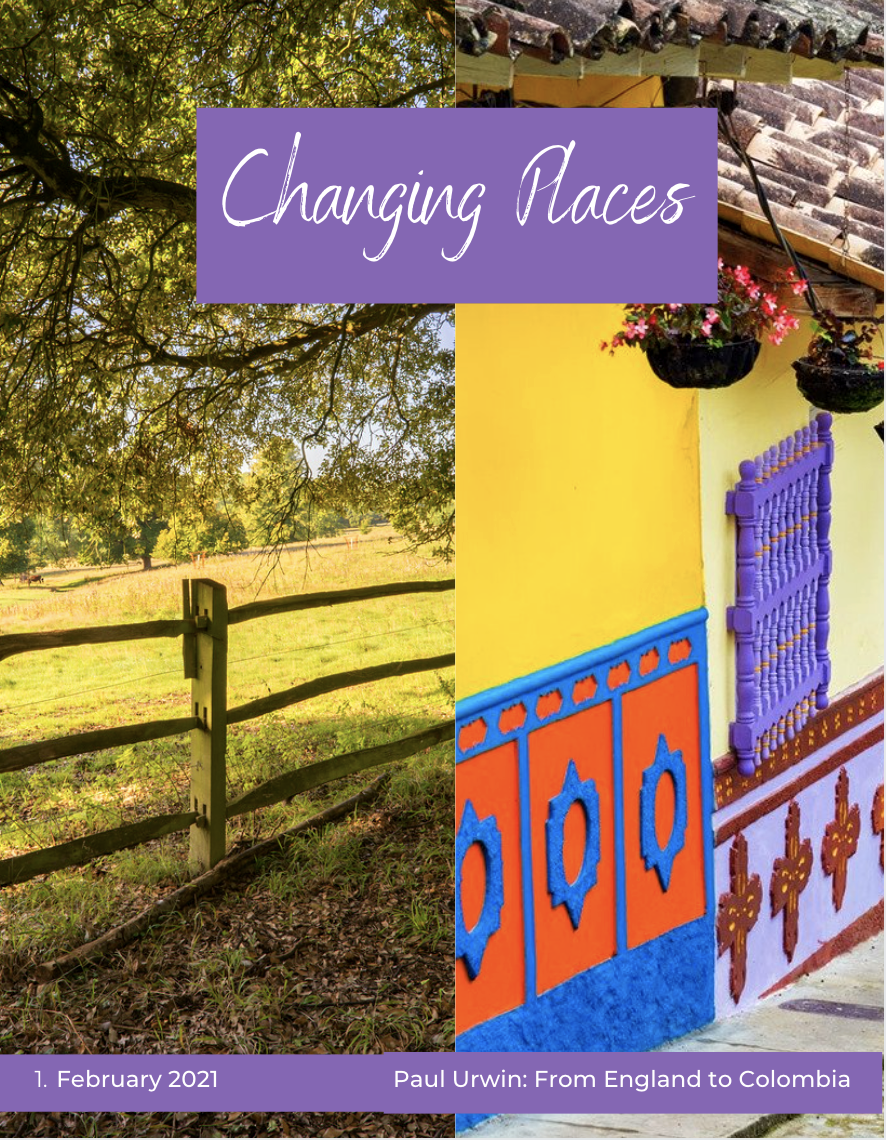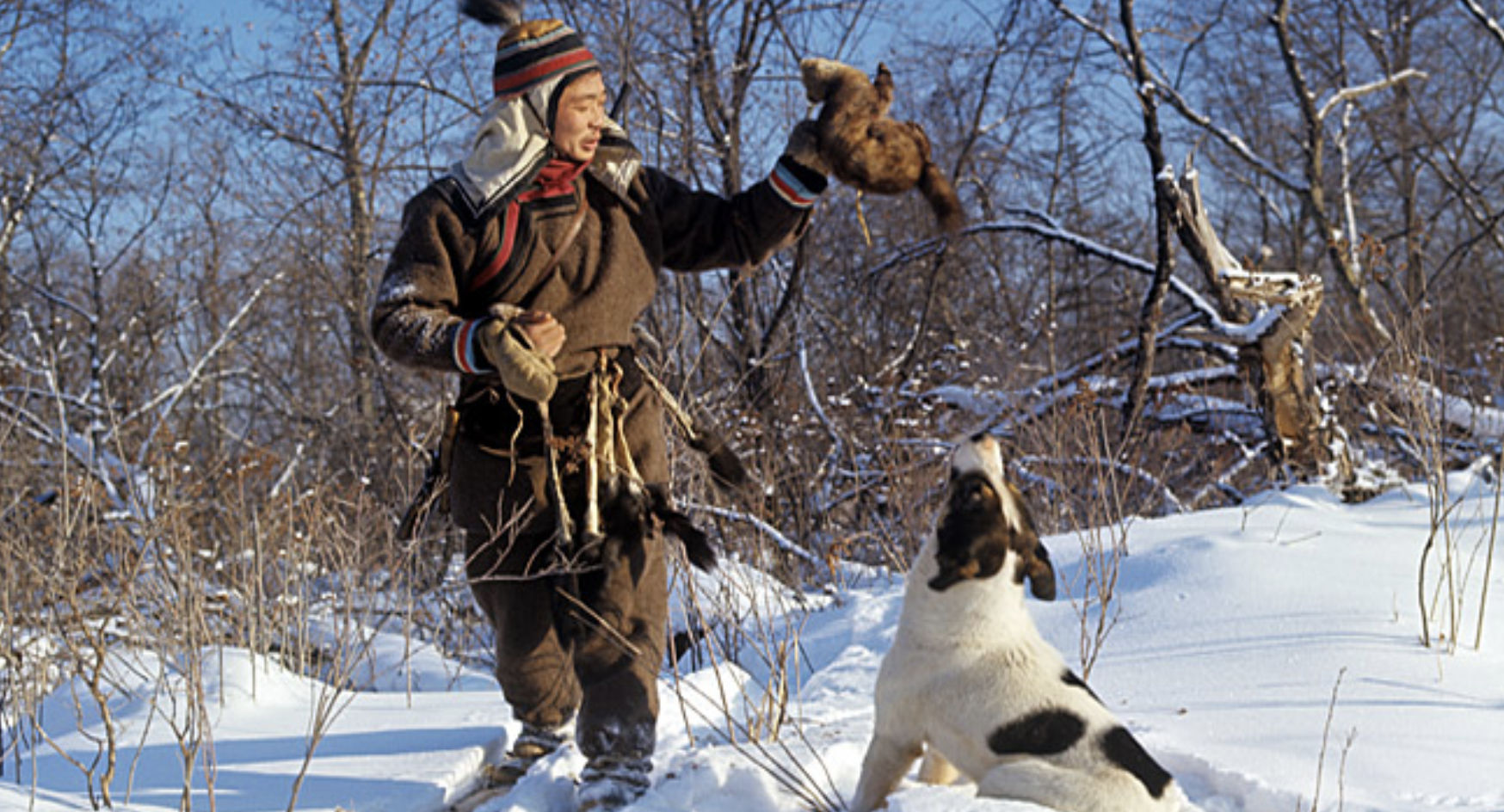It’s the city that gave us both Lionel Messi and Che Guevara, and the birthplace of the Argentine national flag. For those reasons alone it’s worth taking a much closer look at Rosario, the third largest city in Argentina, set on the pampas alongside the broad brown waters of the Paraná, which gets its oxide and colour from its origins far to the north in Brazil. Scorching hot in summer, and cold and wet in winter, at least Rosario escapes the snow.
Read MoreAndrew Morris
Recent Posts
Language Watch 8: Mru in Bangladesh, Myanmar and India
Some of the communities and languages we focus on in this series may be vaguely familiar to you. Many others are completely unknown in the wider world – and barely even recognised or understood in the countries in which they have lived for centuries. Such is the case of the Mru people of Bangladesh – one of the many tribes that populate the Chittagong Hill Tracts, an underdeveloped and heavily militarised region in the South-East of what is already a country facing momentous struggles of its own.
Read MoreChanging Places 2: Nawal Kramer, from Spain to USA
She’s a one-woman United Nations, born of Moroccan parents in Spain, now living in the USA and married to a man of British descent, who grew up in a part of the USA dominated by Pennsylvania Dutch families, who are in fact German. Today the street where she lives in New York City’s “forgotten borough” of Staten Island has the highest Liberian population outside of Liberia, plus plenty of Mexicans, Jamaicans and myriad other nationalities. And if that weren’t enough to endorse her candidature for Secretary-General, Nawal Kramer is one of those rare people who is genuinely bicultural.
Read MoreLanguage Watch 7: Cherokee
Cherokee, Sioux, Apache, Navaho… all names that trip off the tongue easily enough, just as the music in this video might ring familiar, but how much do we really know about the history, cultures and languages of the indigenous peoples in what are now the United States?
Very little in fact – most of our mental imagery is probably a product of Hollywood, and the very names of these great nations have been co-opted by car makers, songwriters and other avatars of popular culture.
Translation Postcards: Ana Coello in Paris, France
Of all the destinations we’ve visited in our travelling armchairs, few are more iconic than Paris. The French capital is a global centre for art, fashion, gastronomy and culture, and its landmarks, from the 12th-century Notre-Dame to the Arc de Triomphe and perhaps above all, the Eiffel Tower, are world-famous. Paris is no less renowned for its museums, luxury goods, booksellers along the Seine, grand 19th-century boulevards, and of course its café culture – there can be few greater pleasures than tucking into a fresh crusty baguette or a delicious croissant with a piping hot café, as you watch the world speed by.
Language Watch 6: Kristang, Malaysia
A quick glance at the first photo and you might think you were looking at a traditional dance in some Portuguese village. However, look more closely at the faces and you realise with a start that the scene is more likely taking place in Asia. Your initial confusion is understandable, because these are in fact Eurasians, and they belong to the Kristang community in Malaysia. See this video for a few examples of this fascinating language…
Language Watch 5: Ainu, Japan
If you’re an observer of the world stage and pride yourself on your internationalist outlook, you’re likely to be familiar with the history and struggles of Aboriginal Australians, Native Americans, or the First Nations of Canada. But chances are, you’re less aware of the history or languages of the indigenous peoples of Japan. In fact, each of Japan’s two main islands has its own people: Honshu to the South was originally inhabited by the Okinawans, while Hokkaido to the North was home to the Ainu, to whom this issue of Language Watch is dedicated.
Read MoreTranslation Postcards: Angela Bivol in Chisinau, Moldova
Ask most people what country Chișinău (pronounced kiʃiˈnəʊ ) is the capital of and they’ll stare at you blankly. Even when you reveal the answer – Moldova – their expression might not change dramatically. But this country, whose outline resembles a bunch of grapes is a fascinating corner of Eastern Europe, is well worth discovering in greater detail.
Read MoreLanguage Watch 4: Nǁng, Kalahari Desert
No, “Nǁng” is not a typo. Nor are its variants “N|uu" or “Nlu”. As you’ll see from the video, it’s a way of capturing some of the unique clicking sounds in this endangered language, native to the Kalahari Desert.
In fact, there are just 4-5 speakers left, all aged 80-95, in the form of Hannah Koper and her sisters (the last male speaker passed away in 2013), plus a smattering who can recall isolated words.
Read MoreGlobal Voices 2: Ivanildo Xavier in Cape Verde
From selling water from a truck to earning an impressive living as an interpreter is quite a journey. But then that’s true of Ivanildo Xavier’s life as a whole – an adventure that saw him travel to Bolivia, working in bars and living on the wild side, before finally returning home to settle down and build his career.
Read MoreTranslation Postcards: Esther Lequipe in La Paz, Bolivia
It’s the world’s highest capital, a bowl-shaped city in the shadow of the fabled Illimani mountain to the southeast, a rocky presence which has infused the country’s folk music, poetry and art for centuries.
Read MoreLanguage Watch 3: Juma, the Amazon
Take a few minutes to look at the video and take in the sights and sounds of a way of life threatened by extinction. This is the Juma culture in Brazil’s Amazon region. The language, also known as Juma, is a dialect of Kagwahiva, a branch of the Tupii Guaraani family of Amazonian languages. Juma and its phonetics were studied by American missionaries Arne and Joyce Abrahamson, from the Summer Institute of Linguistics in the 1970s.
Changing Places 1: Paul Urwin – from England to Colombia
As we’ll see throughout this series, life can take us on some strange journeys from where we started out to where we end up. In the case of Paul Urwin, who was born and grew up in the sleepy Somerset town of Street, (main claim to fame: it’s home to Clarks, the famous British footwear brand), a number of decisions and chance encounters led him to the life he now leads in Bogotá, Colombia, fluent in Spanish, a happy husband and father, and of course Head of Training at ProZ.com.
Read MoreLanguage Watch 2: Nanai
Once again, begin by closing your eyes and listening to the haunting tones of this song.
Read MoreTranslation Postcards: Ezliana Zainal Abidin in Mallorca, Spain
Long before it became a package-holiday destination, or the darling of the low-cost weekend-break generation, the island of Mallorca was known as a favourite summer getaway for royalty, as well as a splendid refuge for artists, writers and musicians in search of inspiration. Golden and turquoise coastlines, magnificent mountain views and rolling hills dotted with vineyards, almond, olive and citrus groves. Away from the glamour of the beaches, the rural backwaters are full of orange trees and donkeys, small villages and traditional ways of life, folk traditions and religious feast days, bonfires and dancing demons, all under clear Mediterranean skies…
Read More

